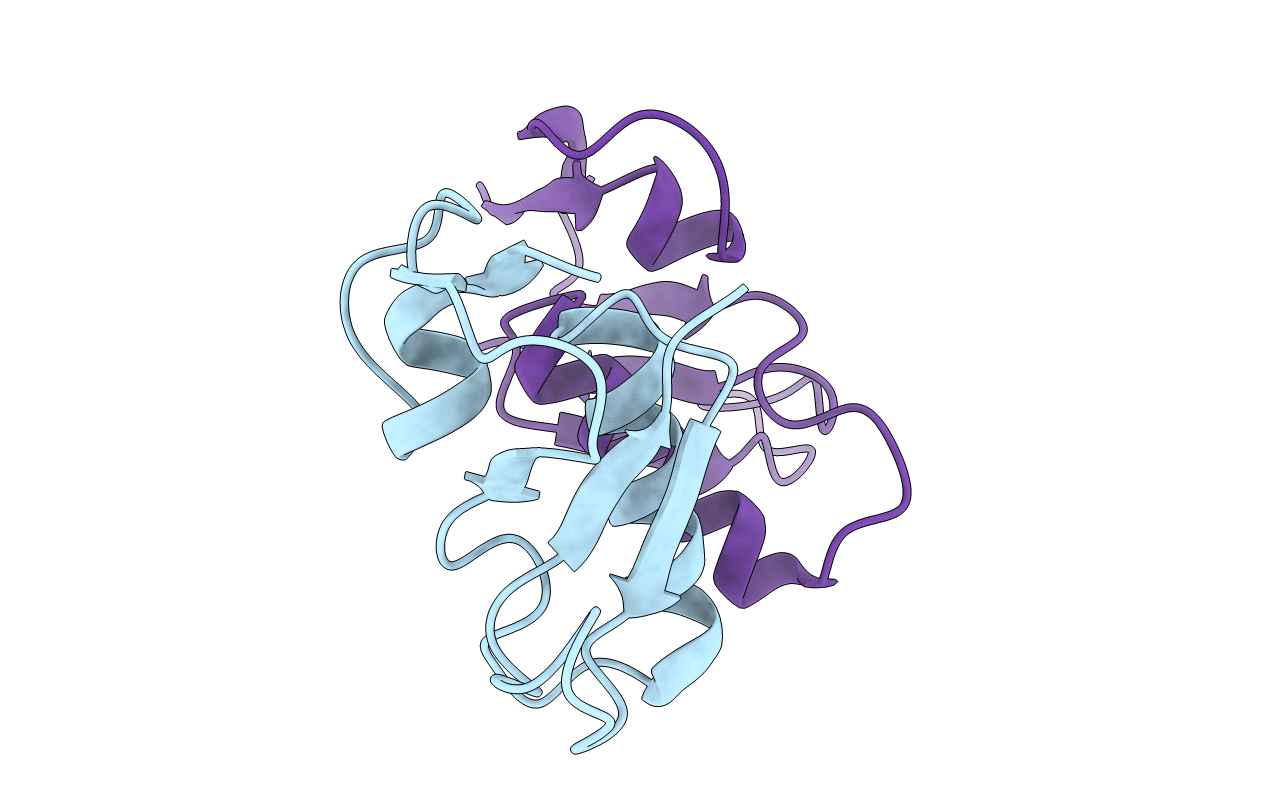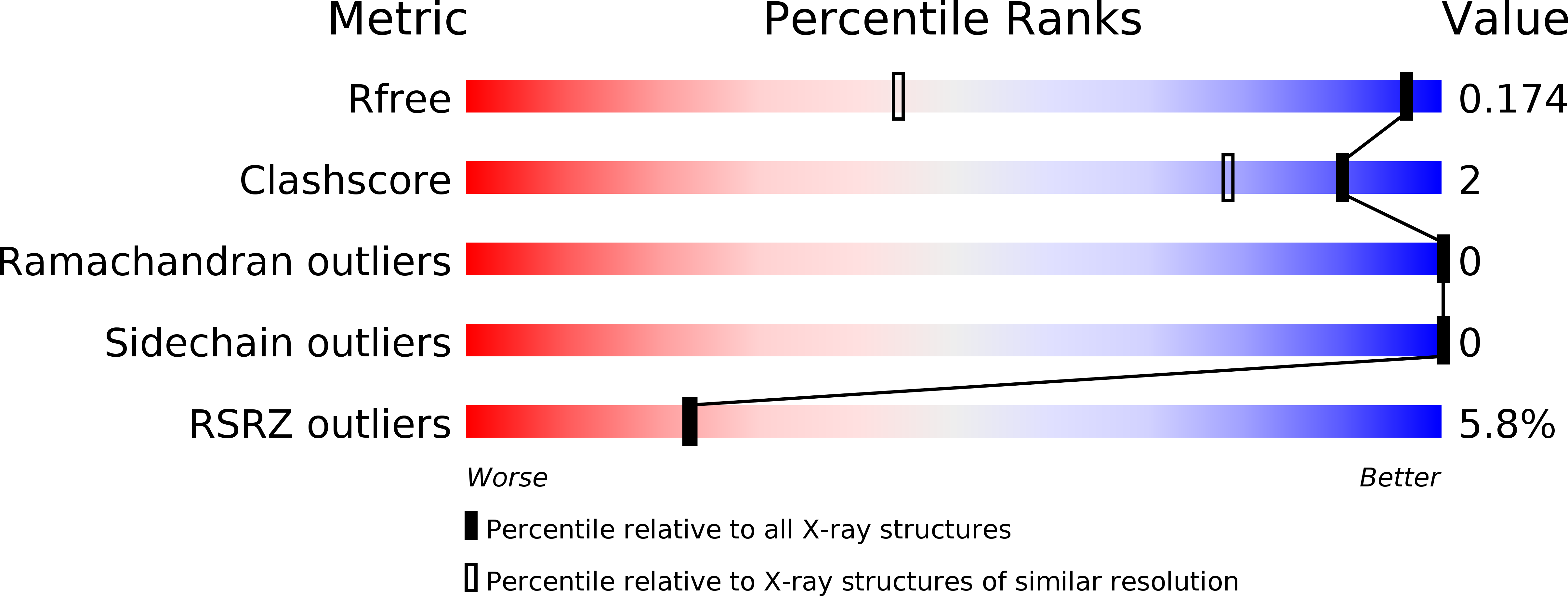
Deposition Date
2016-05-24
Release Date
2016-11-23
Last Version Date
2024-11-13
Entry Detail
Biological Source:
Source Organism:
Xenopsylla cheopis (Taxon ID: 163159)
Host Organism:
Method Details:
Experimental Method:
Resolution:
1.14 Å
R-Value Free:
0.17
R-Value Work:
0.16
R-Value Observed:
0.16
Space Group:
C 1 2 1


